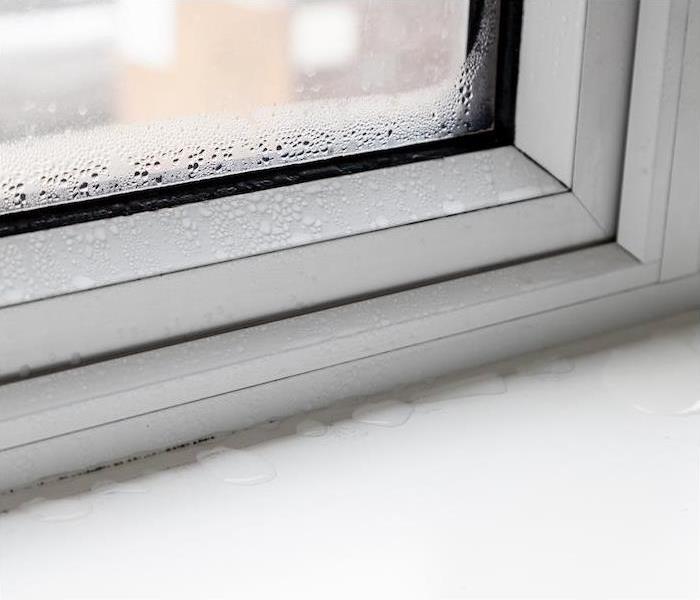Moisture and Your Home | SERVPRO of Tri-County
5/15/2024 (Permalink)
 Water damage can happen anywhere in your home. Call SERVPRO of Tri-County to restore water damage on your property 24/7, 365.
Water damage can happen anywhere in your home. Call SERVPRO of Tri-County to restore water damage on your property 24/7, 365.
How much water is running in your home right now? Do you have a load of laundry washing or perhaps the dishwasher going for what feels like the third time today? Having water when we need it can make life much easier, but it also leaves our home vulnerable to water damage.
While even a single leak can result in a pretty chaotic mess, there are a lot of things you can do to prevent a disaster. When you know where moisture most commonly affects your home you can keep things safe.
The first place you should get used to checking for excess moisture in your home is under the sink. Both your kitchen and the bathrooms in your home are some of the top places that leaks start and go unnoticed. Sinks often have multiple water lines, and we tend to store plenty of items under them as well. This can make finding a small leak challenging.
Check under your sinks weekly. Run your hand along all the water lines, feeling for moisture, holes or other deterioration. Make sure all the connection points are tight on everything under your sink, and replace anything that is starting to wear out.
Your appliances that use water are another common source of hidden leaks. When leaks start in an appliance, it is often under or behind it. Dishwashers, refrigerators and washing machines can all be hiding leaks that can do a lot of damage to your home.
Put pulling your appliances out on your calendar every few months. Give the wall and floor behind them a deep-cleaning when you do, and start looking for signs of an issue. Mold growth, water droplets or soft spots in the floor are indicators that your appliance has been leaking.
One of the reasons you want to find and correct leaks quickly is because water, even just a little bit of it, can move really quickly. Water will find its way into any crack or crevice nearby, which could leave you with water damage behind your walls or under your floors.
If you find yourself constantly sniffing around to identify a musty odor, it’s time to start doing some digging and looking for possible water behind the walls. A new squeak in the floor can be another sign that something is going wrong, especially when it is near an appliance.
When the temperatures swing inside or outside of your home, it can leave your windows covered in condensation. Although this is pretty common, it still isn’t something you want to ignore. Condensation can stick around for a long time, threatening the structure of your home as it drips in between siding or into other cracks around your window.
Check your windows and doors regularly to ensure they are well-sealed. Run your hand along the frame to feel for moisture or weak spots in the seal. Fill in any gaps and update the caulking whenever things are looking questionable.
Don’t let any water damage you do find be a reason to panic. Just give SERVPRO® a call, and we will get your home taken care of fast. Whether you have standing water from a full flood or damage that has happened over time, we’ve got your needs covered.
Don’t ignore signs of water damage! Call SERVPRO for a quick restoration.

 24/7 Emergency Service
24/7 Emergency Service